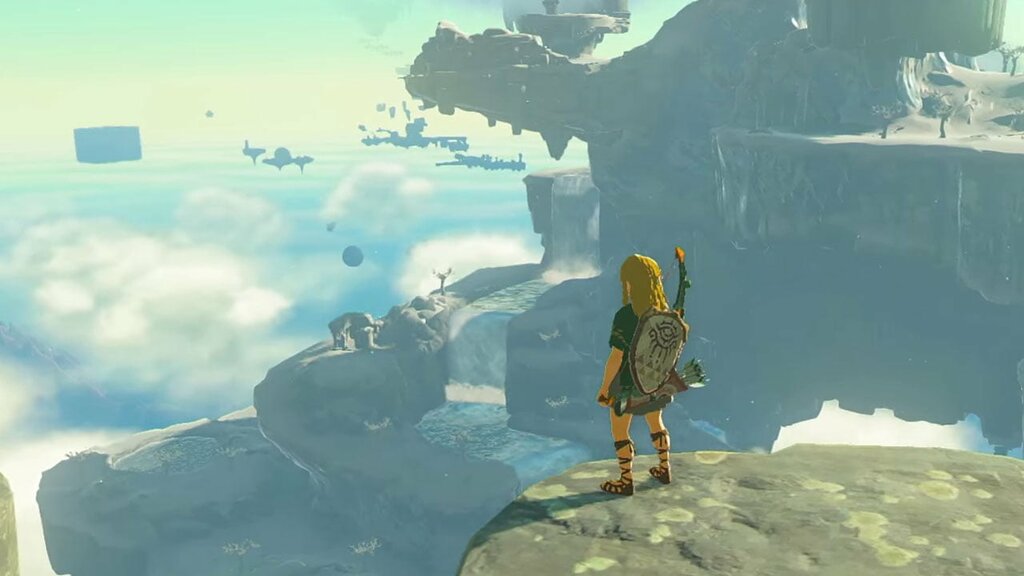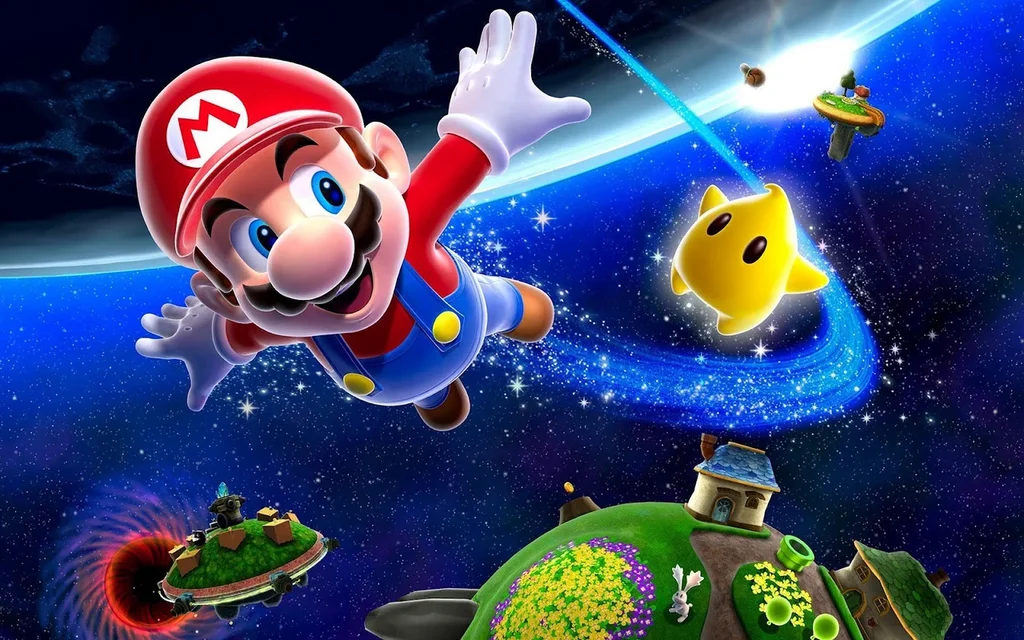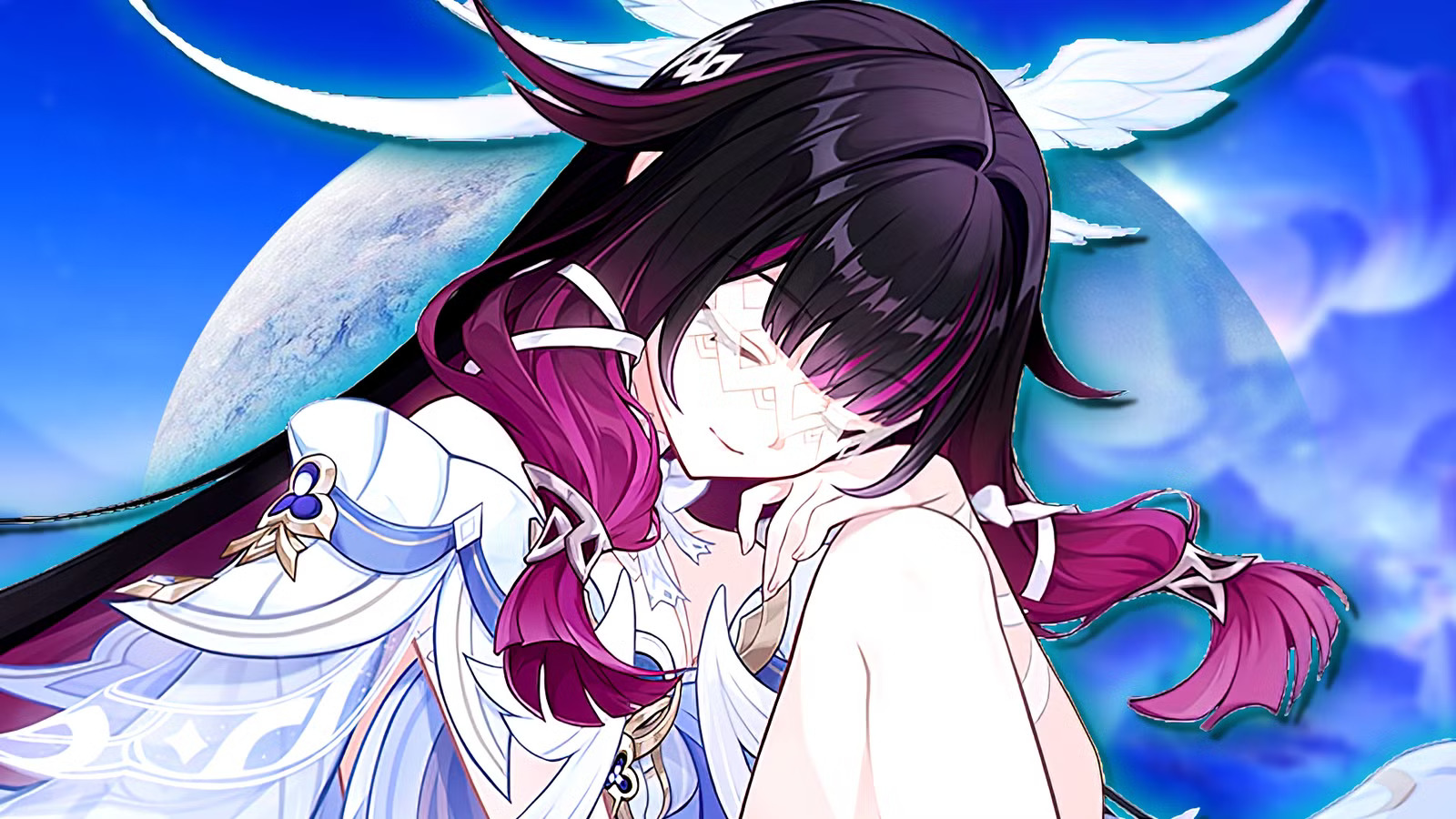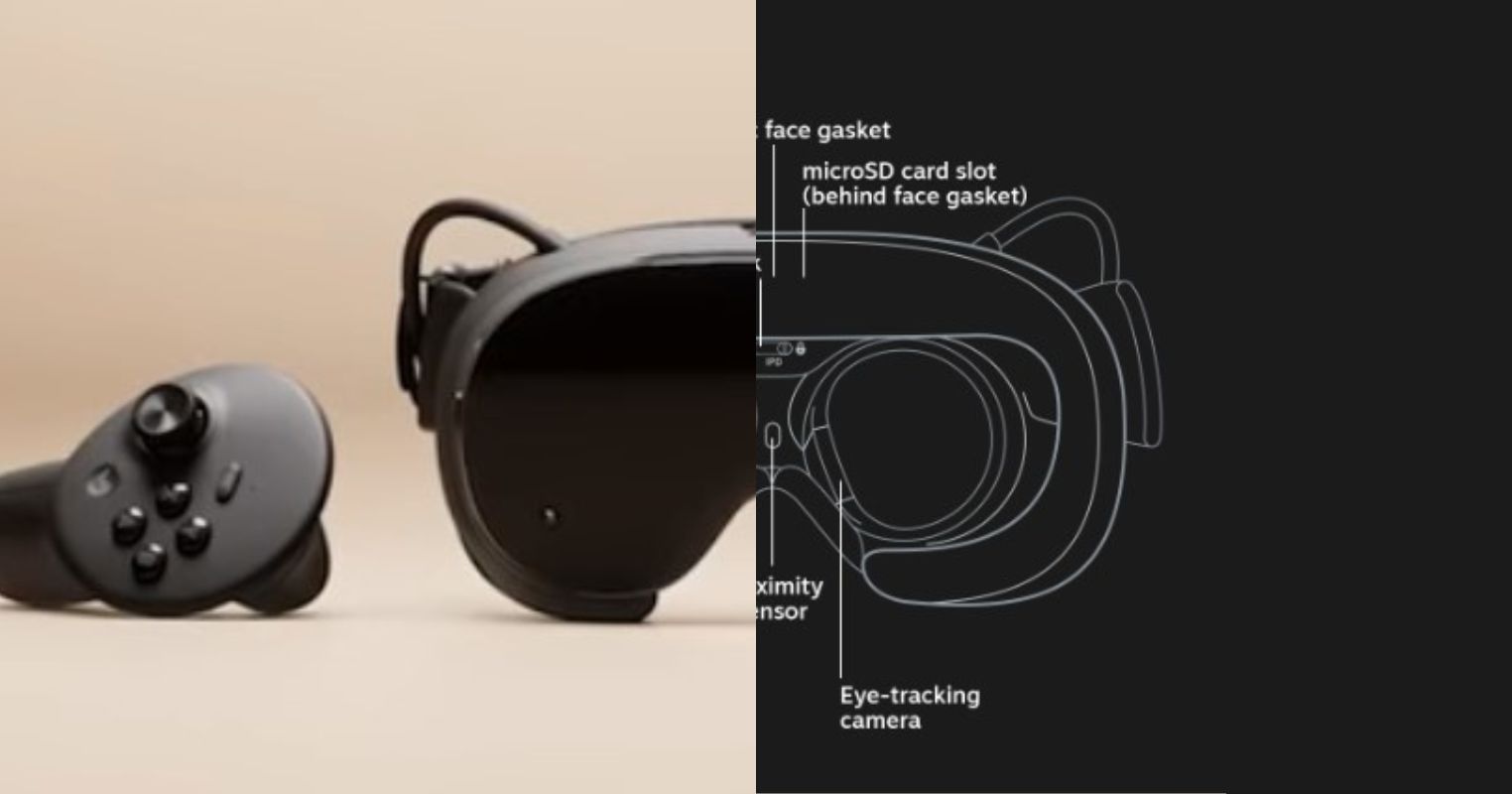- The war between graphics and gameplay has been going on for a long time, but I believe gameplay is the ultimate winner.
- This proof is solidified by Nintendo’s presence in the gaming world, where they have constantly shown that gameplay is always more important than graphics.
- Their games have built huge audiences despite not having flashy graphics.
- Game developers should learn from Nintendo’s creative game-making abilities.
In the gaming industry, the debate over the significance of graphics versus gameplay has persisted for years. Nevertheless, I firmly contend that gameplay holds greater importance than graphics, and Nintendo stands as a prime example supporting this belief.
Nintendo consistently reinforces the notion that gameplay reigns supreme over graphics. Their amazing approach to best-selling titles like Zelda, Mario, and Pokemon serves as concrete evidence that prioritizing gameplay over graphics yields superior results.
These games have amassed large and devoted fanbases despite their lack of flashy graphics. This underscores Nintendo’s emphasis on innovative game design, demonstrating that captivating gameplay far outweighs the importance of impressive visuals.
Why it matters: With developers increasingly prioritizing graphical boundaries in the industry, the focus on gameplay, the very essence of gaming, risks being overshadowed.

In today’s gaming landscape, many titles boast stunning visuals but fail to deliver compelling gameplay experiences, leading to underwhelming performance. I wonder if such games could have had a brighter future if developers had prioritized gameplay over graphics.
On the other hand, we have seen recently released games like Palworld, a title very similar to Pokemon, that holds the second-highest concurrent peak on Steam. Despite not being graphically intensive, Palworld’s gameplay offers an experience that exceeds its visuals.
However, this isn’t to diminish the importance of graphics in shaping a game’s overall experience. Graphics undoubtedly contribute to a game’s quality and immersion, but when prioritizing between the two, gameplay consistently takes precedence.
Bringing Down Cost of Games
I’m not suggesting that games like Zelda, Pokemon, and Mario lack visual appeal. Rather, they may not adhere to the modern standard of graphical realism. Despite this, they excel in gameplay and continue to be highly successful.
These games boast distinctive art styles that appeal to players, but their true strength lies in their captivating gameplay, which is a key factor in Nintendo’s success. Nintendo’s approach means that games are cheaper to make.
By stepping away from cutting-edge technology, the gaming giant has practically solved one of this industry’s biggest shortcomings. While executives like Shawn Layden continue warning about budgets, Nintendo is already one step ahead.

Nintendo has historically dominated console gaming. Despite the capabilities of hardware like the Nintendo Switch and the Wii, both ended up as the best-selling systems of their respective generations.
One key factor to this success is the sheer creativity on display. Take a game like Mario Odyssey, for example. It never lets the player guess what comes next, offering an experience that culminates in an epic finale featuring Mario and Bowser.
Relying on creativity, Nintendo turns its biggest weakness into a strength.
The gaming industry can learn from Nintendo’s innovative game development approach, shifting focus away from graphics and prioritizing gameplay because a visually appealing game holds little value if it lacks engaging gameplay.
Thank you! Please share your positive feedback. 🔋
How could we improve this post? Please Help us. 😔
[Senior News Reporter]
Avinash is currently pursuing a Business degree in Australia. For more than 5 years, he has been working as a gaming journalist, utilizing his writing skills and love for gaming to report on the latest updates in the industry. Avinash loves to play action games like Devil May Cry and has also been mentioned on highly regarded websites, such as IGN, GamesRadar, GameRant, Dualshockers, CBR, and Gamespot.


 Threads
Threads

